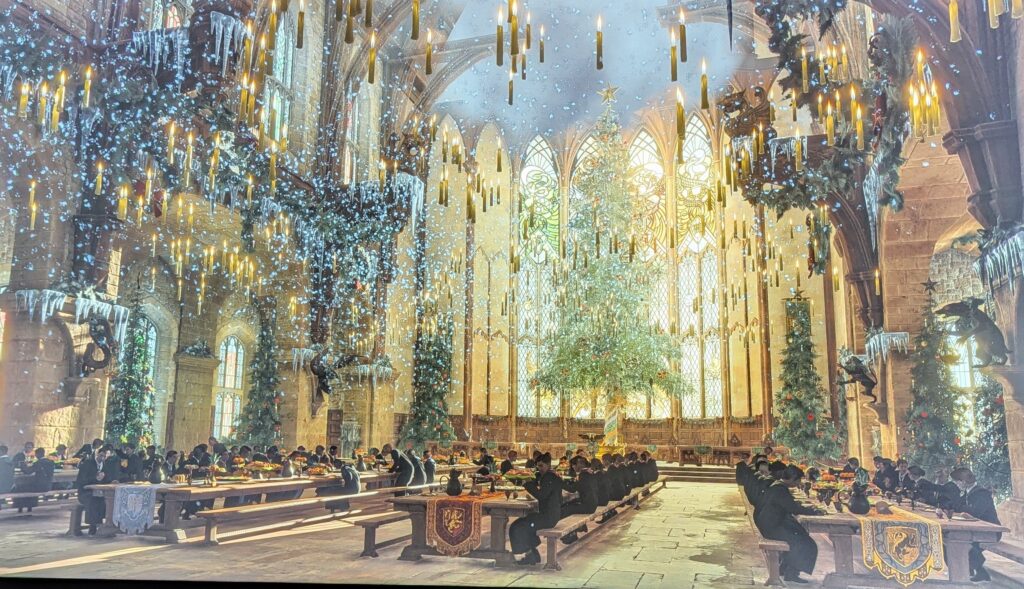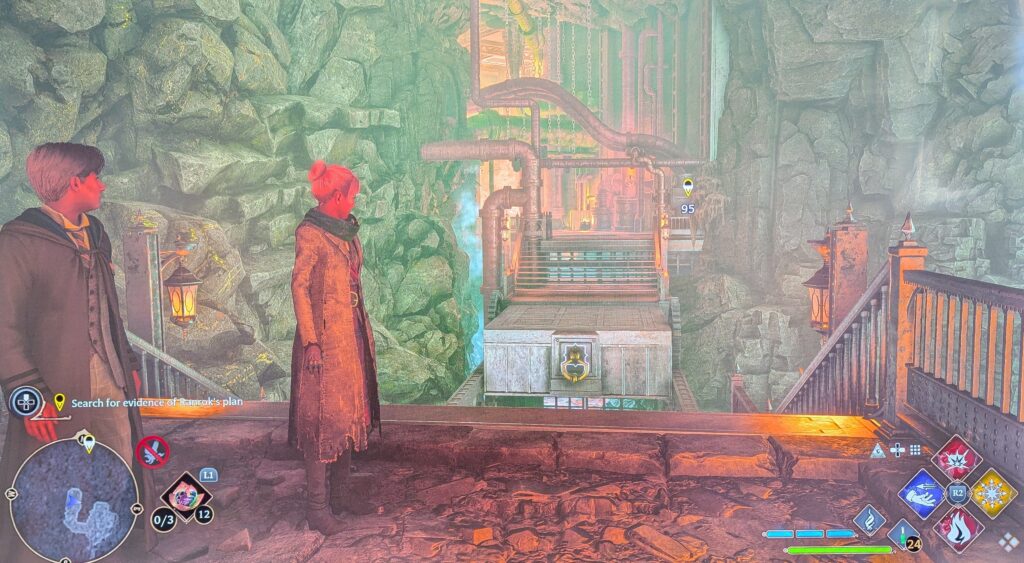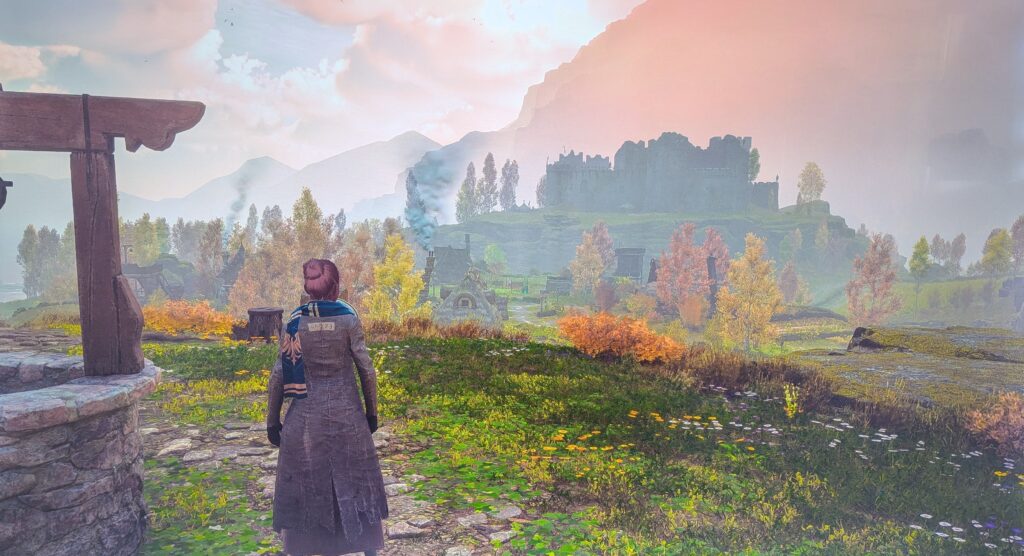The Holiday has become a Christmas staple over the past 20 (!) years. Wow, has it really been that long? Well, then, it’s certainly worthy of a look at its Character Enneagrams.
When you first meet Iris, our English rose, do you like her? On the one hand, she has a generous and vulnerable heart. On the other, she’s seduced by an obvious and repugnant con artist. She wins us all over, though, when she gets to Los Angeles and takes such pleasure in her vacation.
Unlike Amanda, whose problem is herself, Iris’ problem can be left behind in England. She forms relationships with people — Arthur and Miles — who aren’t toxic. Her routine at home was a prison. Here she’s free. Iris, named after a flower that emerges at the end of winter, blooms in warm California.
This is a Heart Type. Iris is a Two. Her caring nature leads her to overextend her sympathy for Jasper, the cad. The sweetest personality in the Enneagram, a Two, can be manipulated by vultures, and Iris is a textbook case. Jasper expects (and demands) that Iris take care of him. It’s exhausting for her; she’s depleted by their relationship. Arthur, the elderly neighbor, is the opposite. He’s a bit grumpy about any caretaking, but he accepts Iris’ help. Her easy persuading is understood and appreciated.
We’re so happy to see Iris rewarded with the people she meets. She deserves to find true friends and love.


